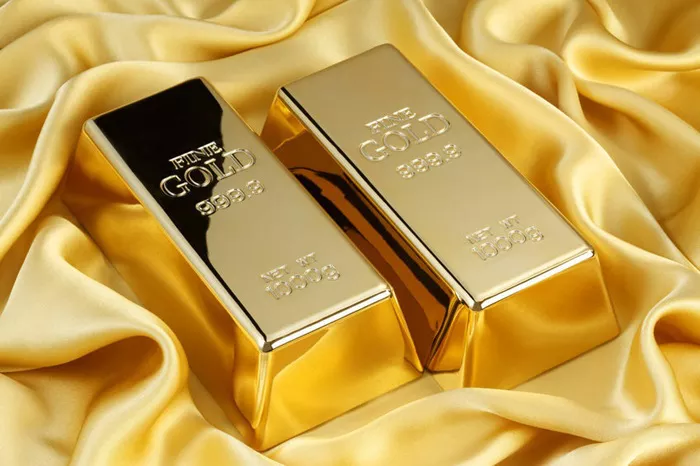Gold has been a symbol of wealth, power, and beauty for centuries. When purchasing gold jewelry, one of the most important factors to consider is its purity, which is often indicated by the carat (sometimes spelled “karat”) system. But how many carats is pure gold, and what does this measurement mean? In this article, we’ll explore the carat system, the characteristics of pure gold, and how different carat levels affect the properties and value of gold jewelry.
What Does “Carat” Mean in Gold
The term “carat” is a unit of measurement used to describe the purity of gold alloys. It is important to note that in the context of gold, “carat” refers to purity, not weight (in gemstones, carat is a measure of weight). The carat system is based on a scale of 24, where pure gold is defined as 24 carats. This means that the number of carats represents how many parts of gold are present out of 24 total parts in the alloy.
Pure Gold: 24 Carats
24-carat gold is considered pure gold, meaning it is 100% gold with no other metals mixed in. In practice, 24k gold is as close to pure gold as possible, typically 99.9% pure. This level of purity gives 24k gold its distinct deep yellow color and makes it highly valuable. However, pure gold is relatively soft and malleable, which can make it less suitable for everyday jewelry that needs to withstand wear and tear.
Because of its softness, 24k gold is often reserved for investment purposes (like gold bars and coins) or for high-end, intricate jewelry pieces that are not subject to daily use. It is also commonly used in certain cultural and religious artifacts.
See also: How Much Is 1 Oz Of 24 Karat Gold Worth?
Understanding Lower Carat Gold
While 24k gold is pure, most gold jewelry is made from lower carat gold alloys, where gold is mixed with other metals like silver, copper, nickel, or zinc. These alloys enhance the strength and durability of the gold, making it more suitable for everyday wear.
Here’s a breakdown of some common carat levels and their corresponding gold purity:
22-carat gold (22k): 91.67% gold, 8.33% other metals. This gold is still quite pure but more durable than 24k gold. It retains a rich golden color and is often used in high-quality jewelry.
18-carat gold (18k): 75% gold, 25% other metals. 18k gold strikes a balance between purity and durability, making it a popular choice for fine jewelry. It has a slightly lighter color than 22k or 24k gold but is more resistant to scratching and bending.
14-carat gold (14k): 58.33% gold, 41.67% other metals. 14k gold is commonly used in jewelry in the United States and offers a good combination of strength, affordability, and a pleasing gold color.
10-carat gold (10k): 41.67% gold, 58.33% other metals. This is the minimum carat level that can legally be called “gold” in many countries. It is very durable and affordable but has a paler yellow color due to the lower gold content.
See also: What Does 10 Karat Gold Mean?
How Carat Levels Affect Gold Jewelry
The carat level of gold affects not only its color and durability but also its price. Higher carat gold, being purer, is more expensive and has a richer color. However, it is also softer and more prone to damage, which may not be ideal for rings, bracelets, and other items that experience frequent contact with hard surfaces.
On the other hand, lower carat gold alloys are stronger and more resistant to scratching and bending, making them more suitable for everyday wear. The trade-off is that they have a lighter color and contain a significant amount of other metals, which may cause allergic reactions in some people.
Choosing the Right Carat for Your Needs
When selecting gold jewelry, consider the balance between purity, durability, and budget:
1. For investment purposes, such as gold coins or bars, 24k gold is often preferred due to its purity.
2. For fine jewelry that is worn on special occasions, 22k or 18k gold may be ideal, offering a good mix of purity and durability.
3. For everyday wear, such as wedding rings or bracelets, 14k or 10k gold provides durability and affordability, with enough gold content to retain the desirable characteristics of gold.
Conclusion
Understanding how many carats is pure gold is crucial when purchasing gold jewelry or investing in gold. Pure 24-carat gold is the highest level of purity, but depending on your needs, lower carat gold alloys may offer better durability and practicality. By knowing the differences between 24k, 22k, 18k, 14k, and 10k gold, you can make informed decisions that align with your preferences, lifestyle, and budget. Whether you’re buying for investment or adornment, the carat level will play a significant role in the value and longevity of your gold.
Related Topics:

